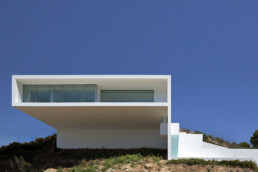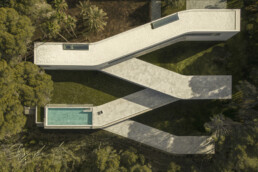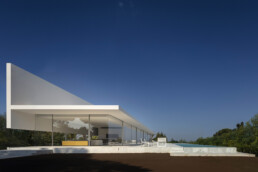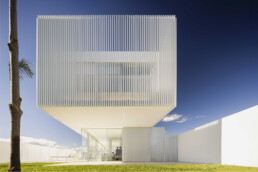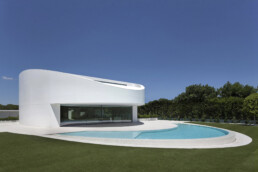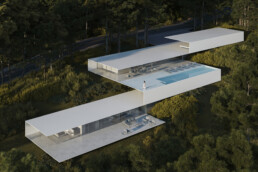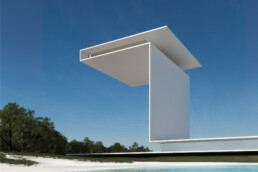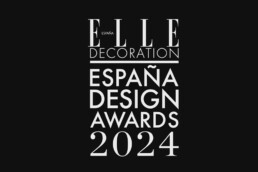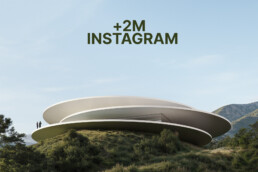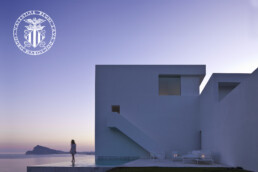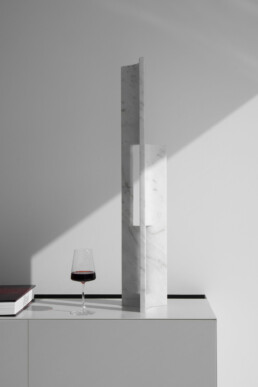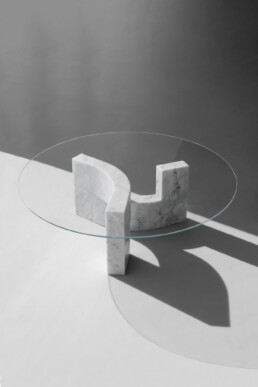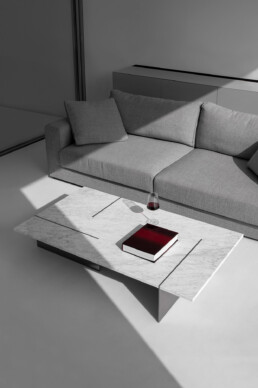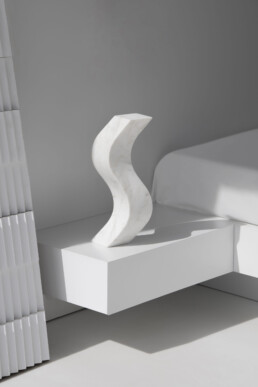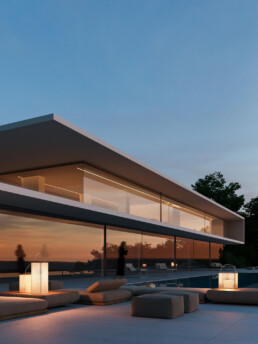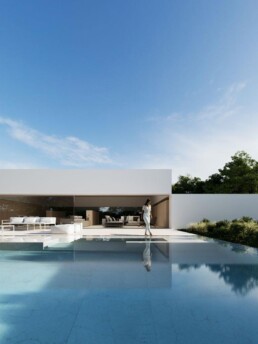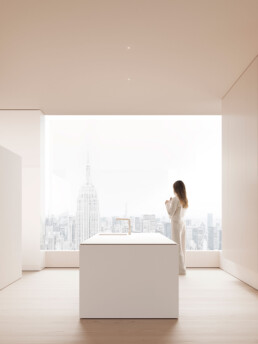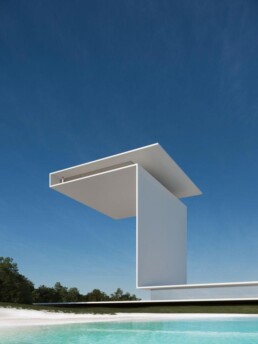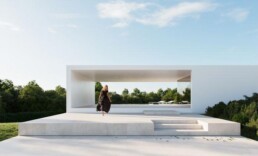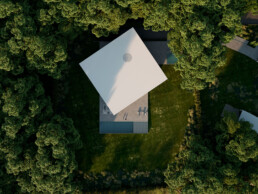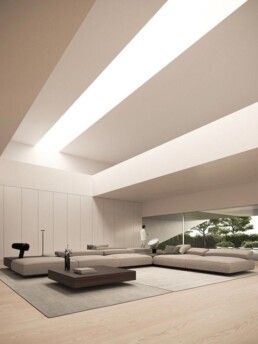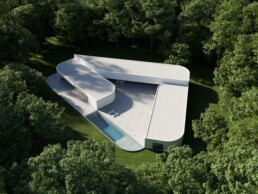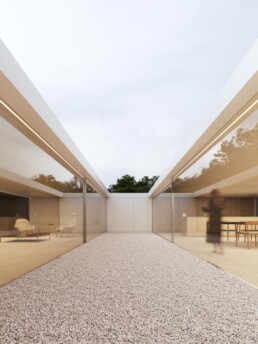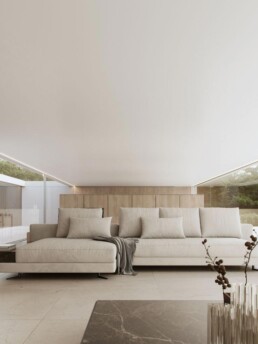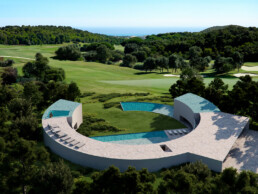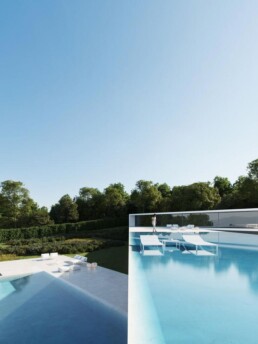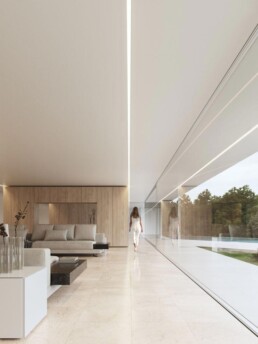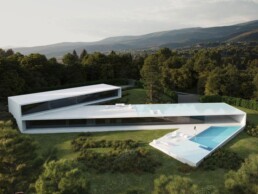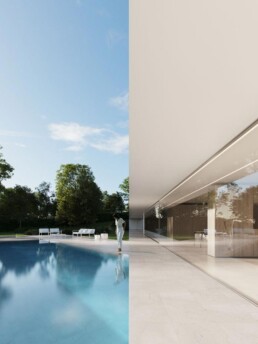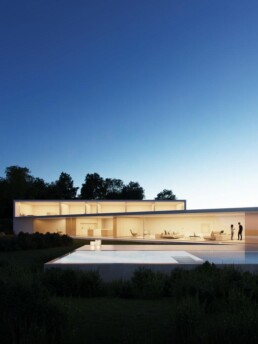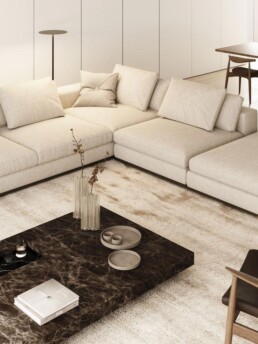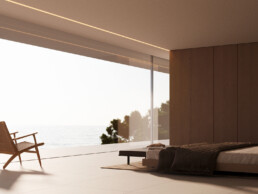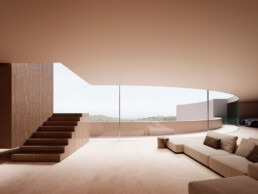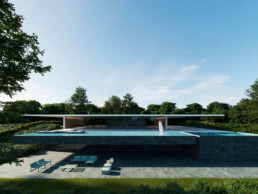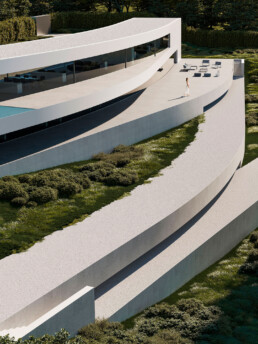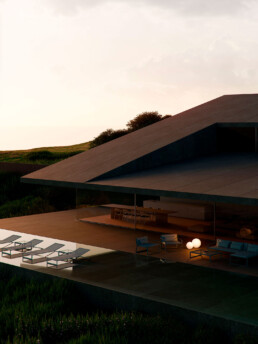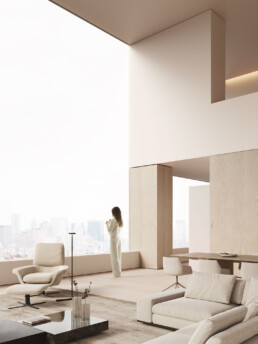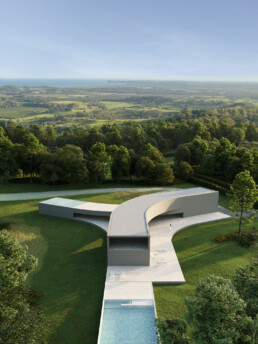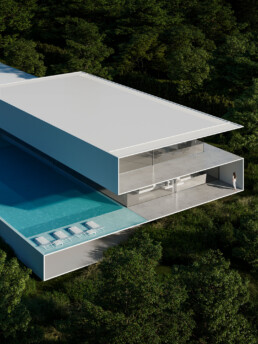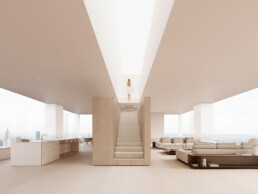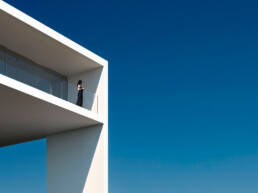Fran Silvestre Arquitectos is an architecture and design studio based in Valencia, Spain, formed by a multidisciplinary group of professionals, who carry out residential, cultural, corporate and public projects on an international level.
He has received awards such as the 2001 Caja de Arquitectos Foundation Prize, the 2010 COACV Architects’ Association Prize. In 2012, he was chosen by the Ministry of Culture and Sport as the ambassador of Spanish Architecture in the United States with the Spain Arts and Culture program. He won the Red Dot Design Award in 2013, the same year he received the Best Architect of the Valencian Community award at IVAM Modern Art Institute. In 2015, he won the Build Architectural Award in the United Kingdom. The Superior Council of Architects of Spain awarded him the first prize of the XIII Biennial of 2016 in the design category. That same year, he won the NYCxDESIGN award in New York. He has been awarded four times by the German Ministry of Economy and Technology in 2016, 2020, 2021, and 2024 with the German Design Award. In 2018, he was selected for the FAD awards, and in 2021, he won the IF Design Award. In 2022, the International Federation of Architects and Designers awarded him the First Prize with the gold medal in the Architecture category
The focus of the projects arises from a double commitment: the will to give a technical response to a specific context and the desire to seek beauty through the built work, pursuing the satisfaction of all those who actively participate in development, in special for users, but also for collaborators, builders and designers.
Values such as continuity -with the environment, of the spaces and over time-, innovation and the use of new materials and new technologies and precision are some of the keys of the work system. These values are complemented by dialogue, great attention to a wasteless economy and a team that produces an environment of shared creativity.
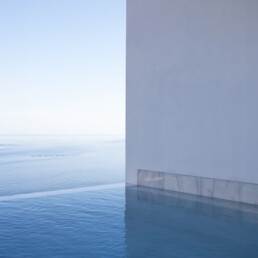
Profile
The Fran Silvestre Arquitectos studio was founded by Fran Silvestre in 2005. The studio is formed by a multidisciplinary group of architects who share the same project. The active participation of all its components, teamwork and passion for their work as the essence of the studio.
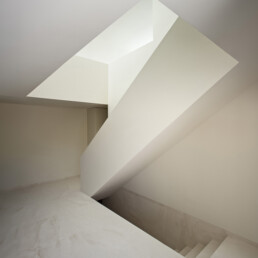
Values
Architecture can be small in the big or big in the small, if each commission is understood as an opportunity to materialize a good project. The project approach arises from a double commitment: the will to give a technical response to a specific context and the desire to seek beauty through the built work.
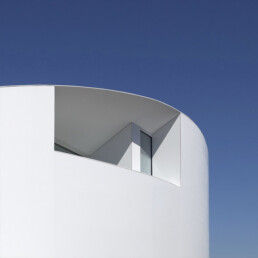
Team
Excellence in design is based on the integration of a network of professionals who agree on the pleasure of their work. A team that produces an environment of shared creativity capable of generating contagious motivation, taking care of what is in process and excited about what is to come.
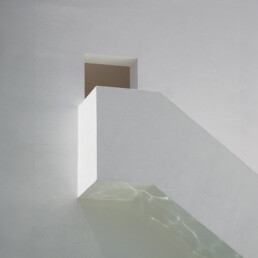
About us
During its history, the studio has received several awards and recognitions. Similarly, it has been published by many nationally and internationally recognized journals. His projects, spread all over the world, stand out in places such as China, USA, Brazil, Croatia or Spain.
Fran Silvestre, "100 Creatives of 2024" by Forbes
Fran Silvestre has been included in Forbes magazine's "The 100 Creatives of 2024" list in the business world. This recognition is given to thought leaders who have demonstrated significant impact and exceptional creativity in their respective fields.
22 de April de 2024
Fran Silvestre, jury member at the Elle Decoration Design Awards 2024
Fran Silvestre was part of the exceptional jury of the Elle Decoration 2024 Design Awards, held in Madrid. The event, which took place at the iconic Ritz Hotel, brought together leading figures such as Philippe Starck, Andreu Carulla and Emilio Tuñón, among others, to celebrate innovation and creativity in design.
15 de April de 2024
Fran Silvestre Arquitectos, architecture firm with more audience in social media | Economy 3
In a recent publication, the media Economia3 has highlighted Fran Silvestre Arquitectos for being the architecture firm with the largest audience in social networks worldwide. This achievement was revealed through a study conducted by the digital consulting firm Welov, which shows that the firm has accumulated a total of 4.1 million followers on Instagram and Facebook.
8 de April de 2024
The architect Fran Silvestre, distinguished with the title of Doctor Magno.
On April 9, in the chapel of the Beneficencia, will take place the award ceremony of the title of Doctor Magno, which recognizes the academic and professional work of Fran Silvestre. The recognition of Doctor Magno has been used, historically, to highlight the role of eminent figures in different fields of knowledge, especially and originally, those related to philosophy and theology.
2 de April de 2024

